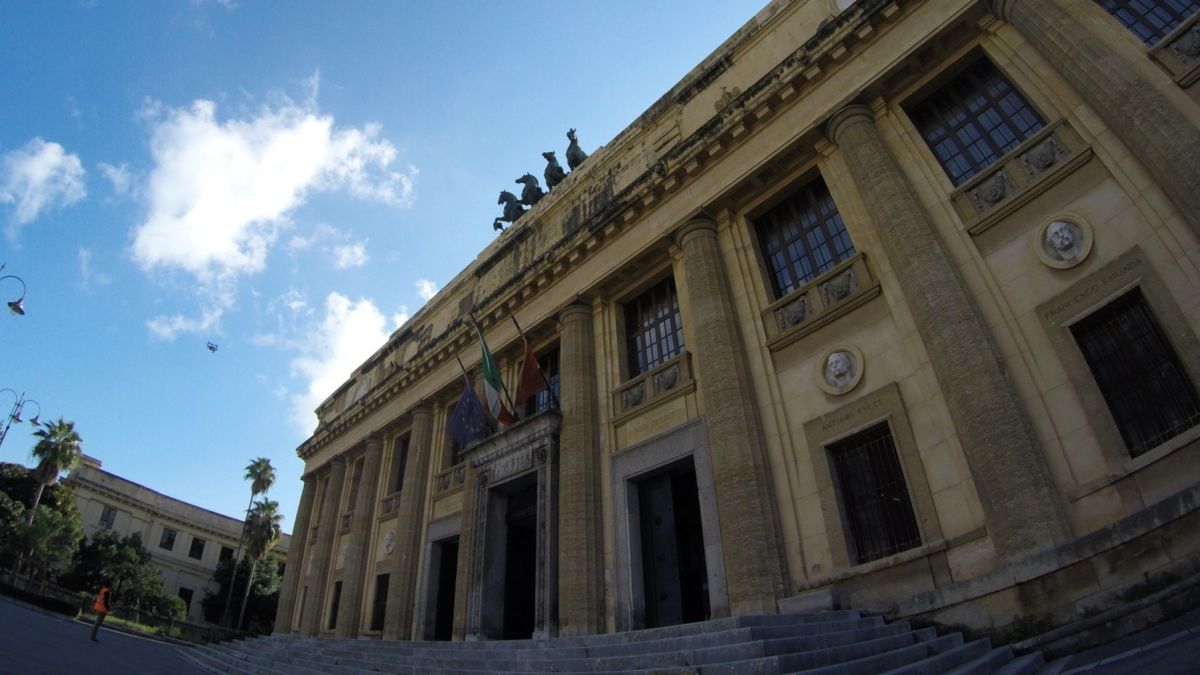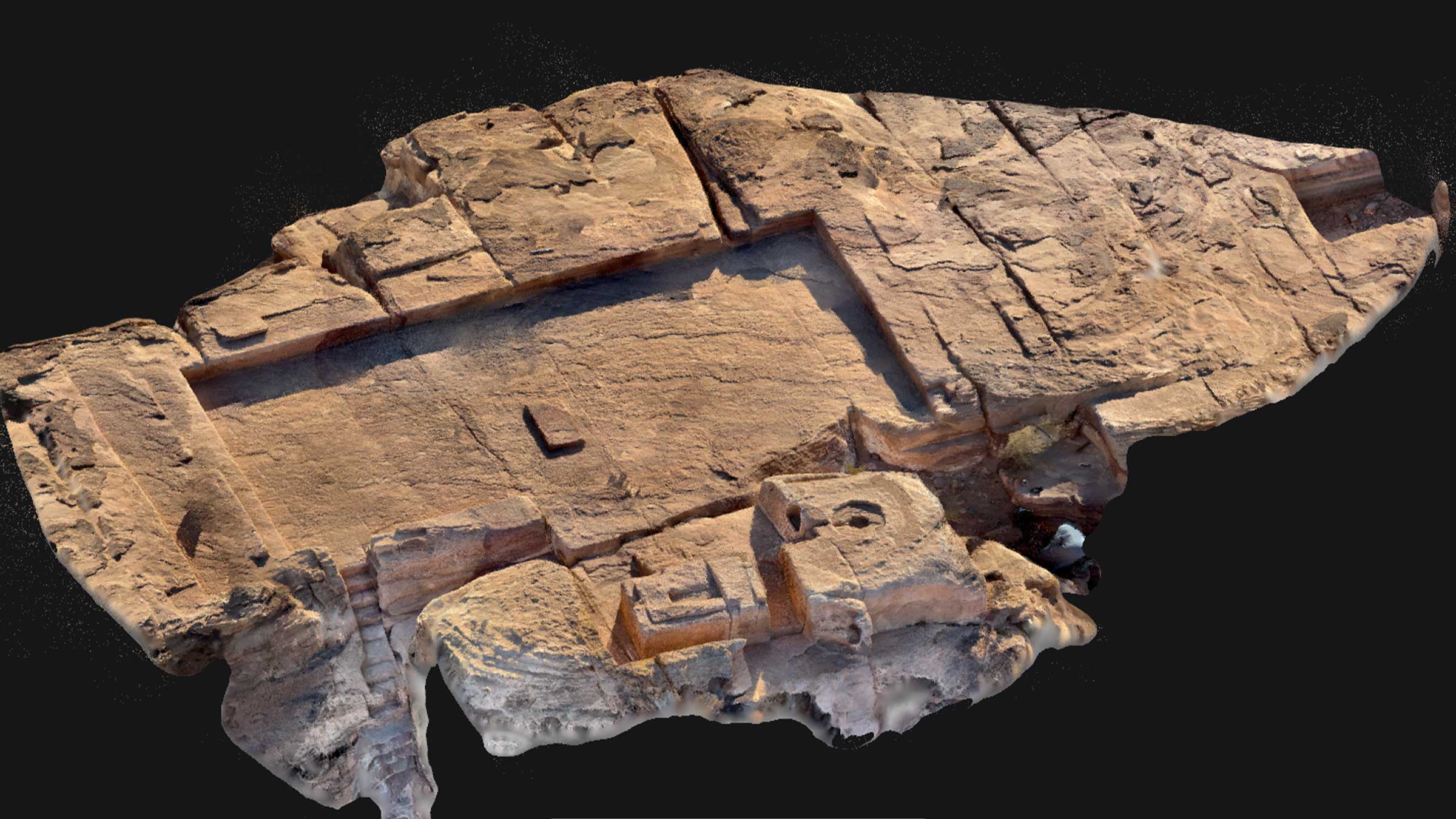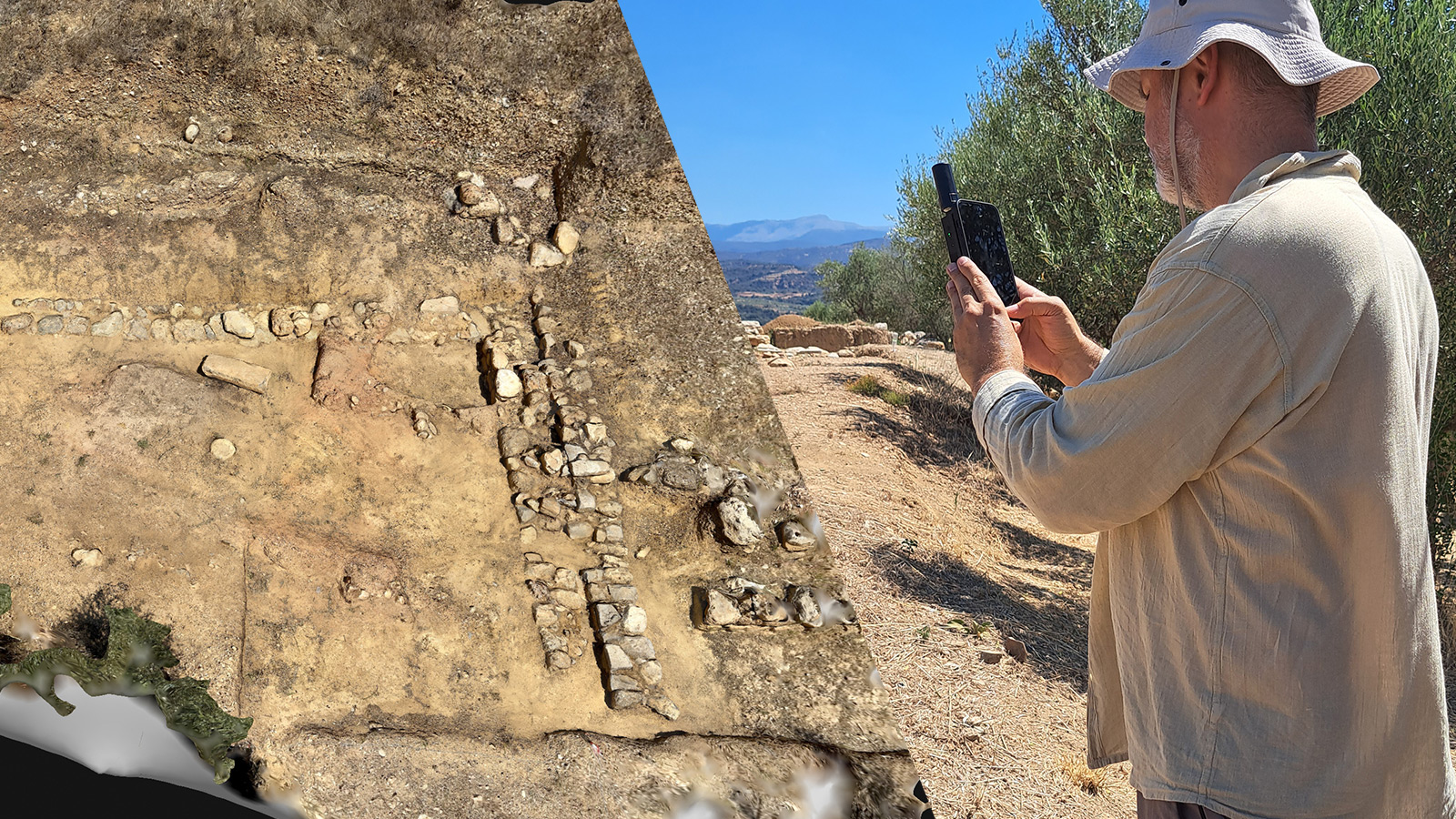Pix4Dmapper orthoplane for an Italian facade inspection
Messina in the South of Italy is a city full of beautiful buildings - although some have a difficult history.
In 1908, one of the most severe earthquakes in history shook Messina resulting in nearly 10,000 deaths and destroying the entire city.
With the city's two main hospitals collapsed, the government decided to build the Palace of Justice (Palazzo Piacentini) at their former location. The elegant palace was inspired by both the Doric Sicilian temples and Brandenburg Gate in Germany. On the top of the palace sits Minerva, the Roman Goddess of Wisdom, guiding the horses which pull her cart.
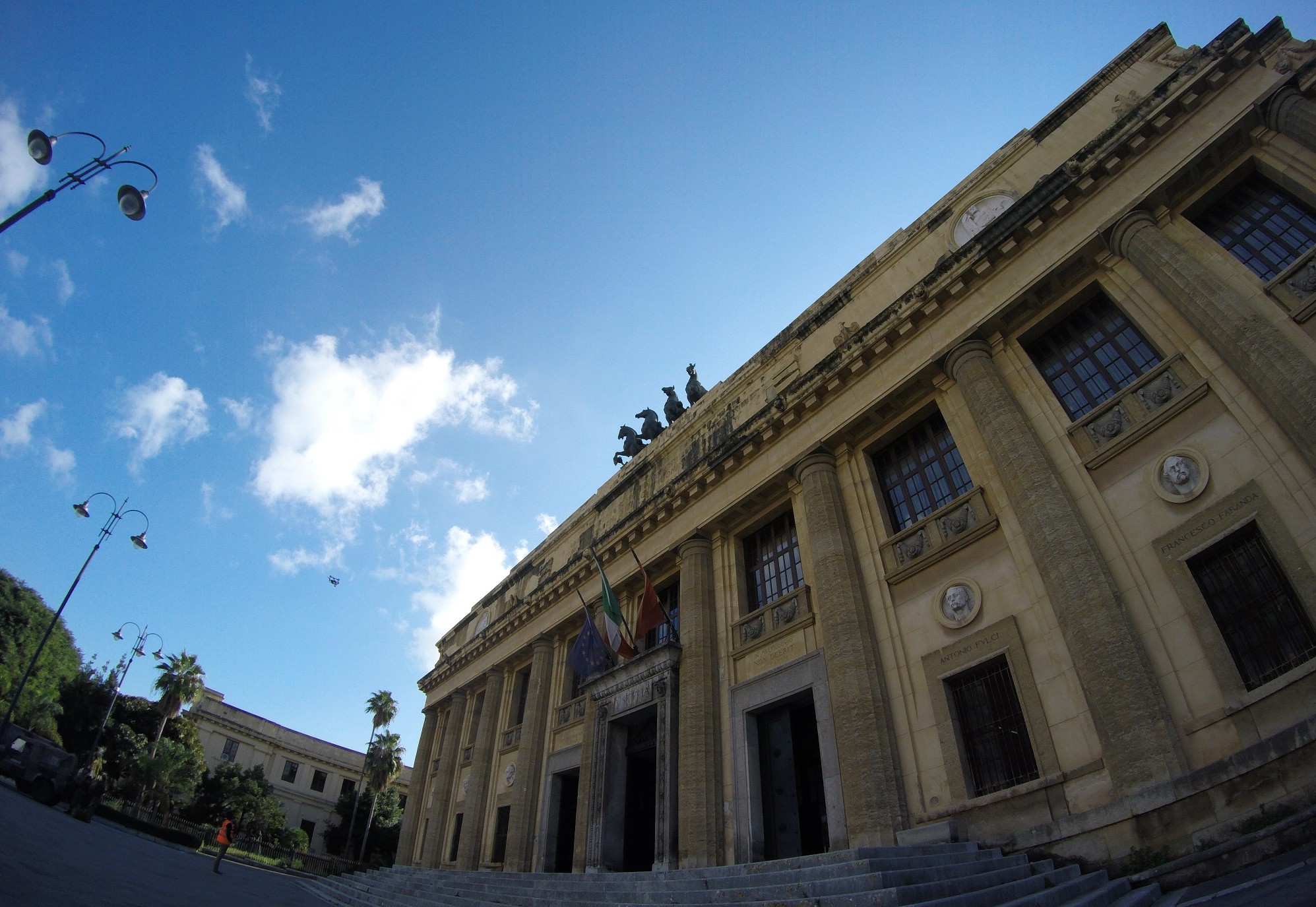
Palace of Justice, Court of Messina
In 2015, the century-old building had obvious marks on its facades and needed immediate repair in order to prevent more damage.
Italian company Chiofalo Group was in charge of the entire restoration, supported in part by Studio Labing SLRS. Studio Labing surveyed the main facade with non-invasive drone photogrammetry technology to generate a vertical surface orthomosaic with Pix4Dmapper.
Project information
| Company | Studio Labing S.R.L.S. |
| Country | Italy |
| Industry | Inspection |
| Project Date | November 2015 |
| Project Members | Gabriel Valentino Versaci, Versaci Gero |
| Project Size | ~1,330 square meters facade |
| Equipment | DJI Inspire 1+ FC350 (X3) |
| Number of Images | 250 |
| GSD | 0.5 cm |

Mapping the past
To inspect the facade, Studio Labing chose a DJI Inspire 1, which as a rotary drone is an optimal solution for mapping a vertical surface. The flight was conducted using manual control, ensuring a high sampling distance and sufficient overlap among images.
Ground-points were surveyed with a Trimble S6 total station, to pinpoint the precise global position. 4K video from a GoPro camera was also taken.

The orthoplane and the orthomosaic
Images were processed with Pix4Dmapper desktop software, using the orthoplane feature.
This feature allows users to generate a surface model and orthomosaic from any facade, by defining the inclination and coverage of the box tool with the facade surface being surveyed. Generated outputs are high resolution, with one pixel representing 0.5 centimeters on the facade. With the correct scale, these results were then used in CAD software for continued analysis.

Based on the orthomosaic, facade damage was noted and classified into 16 categories, with the location of and area affected by each type of damage recorded. While the entire facade has surface deposit and patina coverage, the main columns suffer a lot from discoloration.
This graph will be handed over to appropriate authorities to assist them in making the final decision.
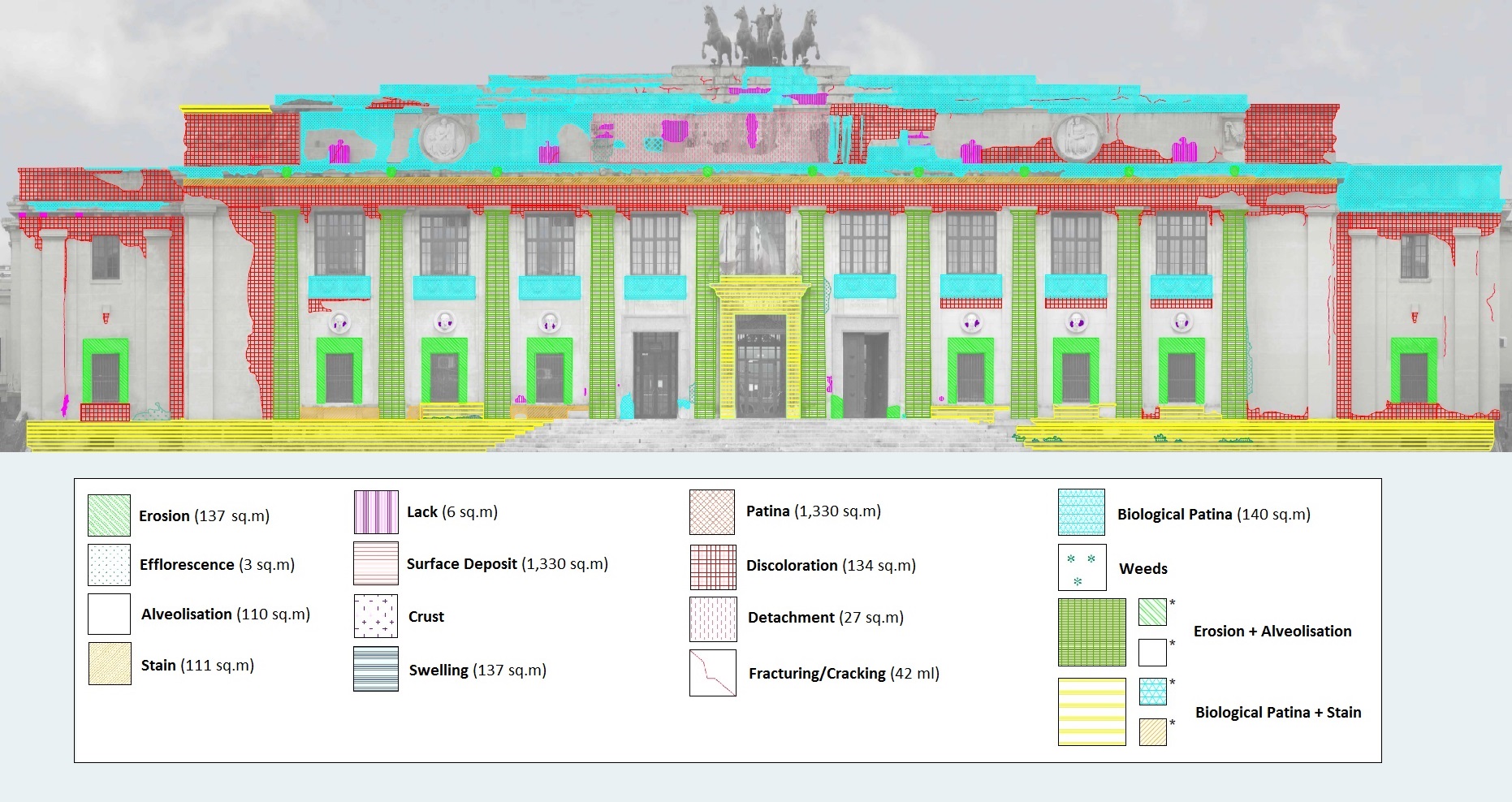
Mapping cultural heritage
There are many historical buildings and monuments around the world which need to be monitored and preserved. In Italy, such ancient buildings have exceptionally high value from an artistic point of view.
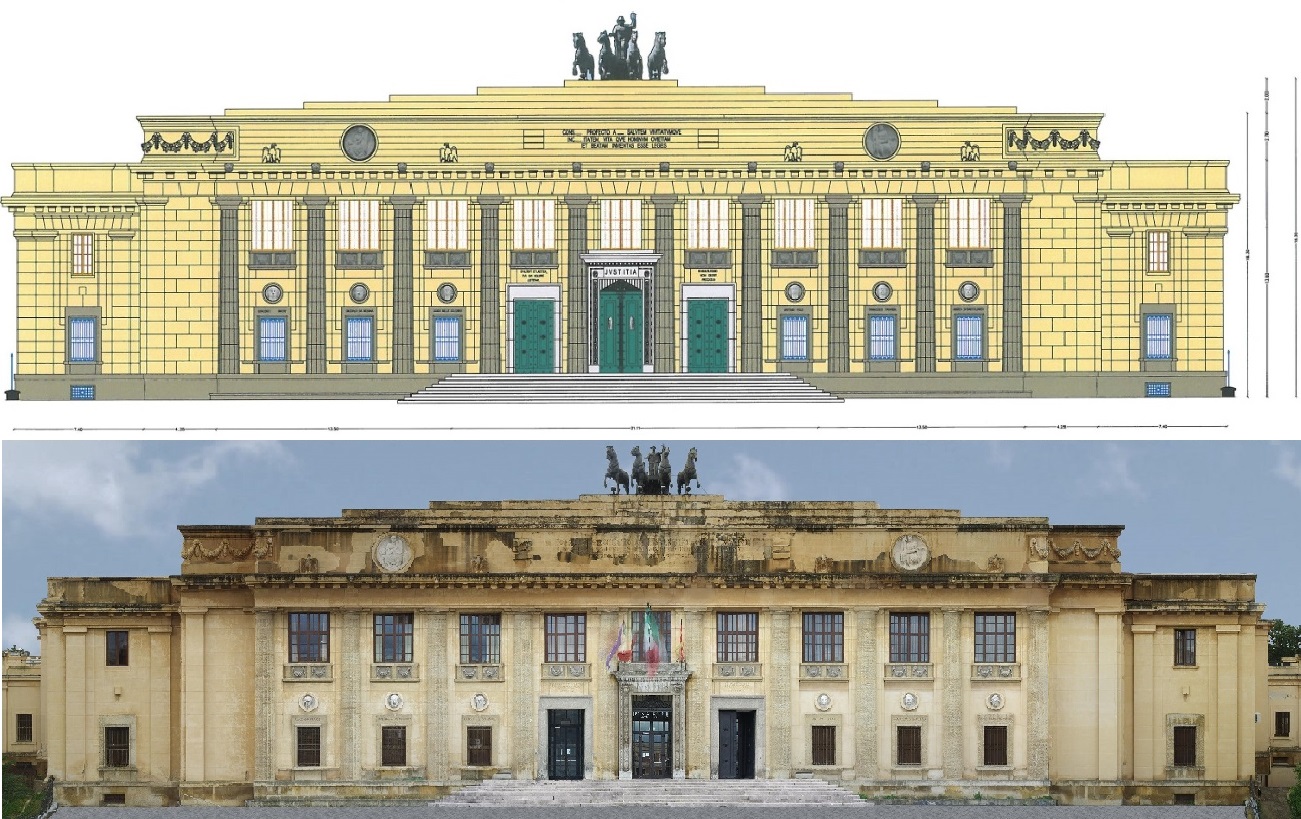
Using drones to take high resolution images for inspection has become increasingly popular, and the power of image processing software provides additional values to the output and analysis.
The combination of drones and photogrammetry is currently the most efficient and economic way to monitor historical building conditions in the long term, create a database for digital museums, and assist decision making for further damage recovery plans.
